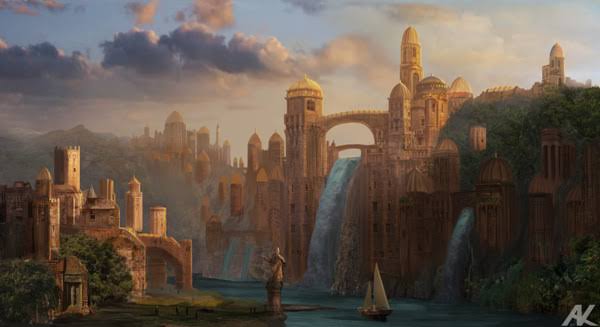I would like to start my article by answering the question: What is cultural heritage? Cultural heritage refers to things that were discovered, developed, or produced by generations before us and have survived to our generation.
Now that we understand what cultural heritage is, let me move on to the main topic. In order to protect these heritages, should we use them as a tourism tool and introduce them to the whole world, or should we protect them by restricting public access? Let’s consider the advantages and disadvantages of both options and decide accordingly.
If we look at the first option—using them as a tourism tool—the economic benefits for the country and its people come first. Additionally, such cultural heritage will be recognized by cultural heritage conservation institutions around the world, making it both a tourist attraction and a protected site.
So, what are the advantages of the second option—restricting public access? First of all, due to the advancements in technology, anyone can search for and learn about cultural heritage online. Furthermore, keeping these places closed to the public prevents pollution and structural damage.
Now, coming to the disadvantages: one disadvantage of the first option is that the site may be damaged by the public. Secondly, public spaces are often not well-maintained, so I doubt they would remain clean.
As for the disadvantages of the second option, if we close all historical places to the public, where will people go? They will only end up visiting stuffy shopping malls or staying at home, becoming fully immersed in technology.
In conclusion, I find the second option more suitable. However, I suggest that these closed areas should be open for a total of one month per year, with regulated public access, to ensure that the structures remain undamaged while still allowing people to experience them.

